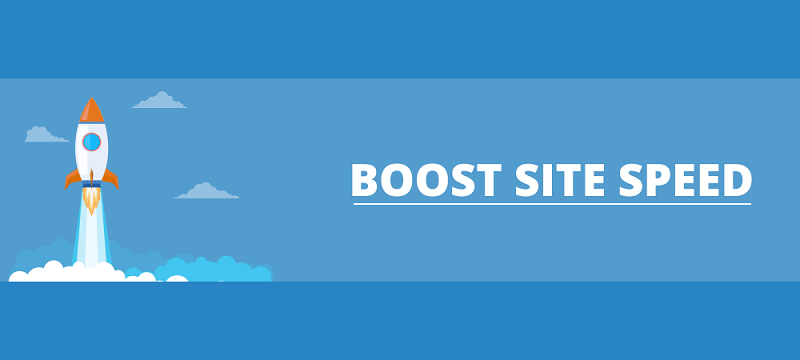An e-commerce store’s success is directly proportional to the number of sales it can make. This is measured through its conversion rate, which is the ratio of customers who purchased your products and services against the total number of visitors. Its Search Engine Result Page (SERP) rankings are also an important element since it shows which stores will be shown higher. The top-tier rankings have a much higher chance of being selected against the search query. Magento is the 3rd largest e-commerce platform, hence Magento 2 speed optimization is vital for your business operations. The ease of navigating the website is also a crucial factor And all of these are linked with one thing: your site speed.
Why Does Site Loading Speed Matter?
Loading speed above 2.5 seconds is considered to be below average, and impacts both SERP rankings and User Experience (UX). Adding just a 1 second delay to this has been analyzed to cause 7% fewer conversions, 11% drop in page views and 16& decrease in UX. Your e-commerce website loading speed should preferably not be above 1 second.
Google recommends having the site loading speed of no more than 2 seconds. It increases both visitor retention rates as well as SERP ratings. Devices such as smartphones and laptops have become much cheaper and faster, and so have mobile internet packages. This necessitates that site loading speeds be optimized accordingly.
Ways to Optimize E-Commerce Website Loading Speed
Improving e-commerce website loading speed is vital for generating more revenue. It also allows you to directly satisfy the target audience and achieve better SEO. The following are the main things to focus on for reducing site loading speed.
Eliminate Redirects
Redirects are handy, but they end up consuming additional time to load the new page. Multiple redirects are an even worse issue, as they multiply the time taken to load the target website.
Compression
Compressing files reduces their size without affecting overall functionality. Compress your Cascading Style Sheet (CSS), (Hypertext Transfer Protocol ) HTML and JavaScript (JS) files to reduce their size and achieve faster site loading speed. However, the same does not apply for images, where compression can reduce their quality. Use professional software such as Adobe Photoshop. You can implement image compression for your Magento 2 speed optimization using Image Optimizer by Apptrain available at the official Magento store.
Optimized Coding Practices
Minify your CSS, HTML and JS files by observing smart coding practices, such as efficient use of method calls and the total complexity of the program. Reducing the overall backend operations to power the features ensures that the site works the same without any reduced functionality. Also remember to disable and/or remove modules which are not being used by the site, as they add to the loading time.
Reducing Total HTTP Requests
HTTP requests are performed when a browser communicates with the website. This can involve almost anything, from fetching files and images to sending data. They account for 80% of the total loading time. Moreover, a browser standardizes the concurrent requests to be between 4-8 in number.
You can reduce the total HTTP requests in several ways. Combining JS and CSS files gives the advantage of significantly reducing the total number of files. Reduce the total number of objects which need loading on the store. For example, selecting a product does not mean reloading the entire product gallery. Also, display relevant images on the website and compress them.
Optimizing Website Rendering
A browser parses the website HTML to create a Document Object Model (DOM) tree for displaying the website. In case the browser encounters a script, it has to restart the process. A loading delay between 1-3 seconds increases the bounce rate by a whopping 32%.
Enable Browser Caching
Enabling browser caching allows the website to load and save its resources on the client machine’s temporary storage. This accelerates loading speed as part of the website is already available at the client-side. Cached file duration is variable on the settings of the website and browser. However, it is a great asset to ensure that your website loads faster and the users are prompted to repeat their visit.
Content Delivery Networks (CDNs)
Your website will be available for access to an international audience. Many of them will be far away from your web server, which will increase the delay between request and response. This can be resolved using a CDN, which are web servers distributed across other geographical locations. The visitors are routed to their nearest CDN, thus giving them faster website loading time. CloudFlare, Amazon CloudFront and OnePica Image CDN are among the top CDN pick for Magento 2 speed optimization.
Speed Optimization for Your Website
Speeding up your website is vital for a successful e-commerce store. You can use these guidelines for Magento 2 speed optimization to ensure your target audience are happy and more inclined to purchase your products and services.
Read Troubleshoot [pii_email_682a628b28d1256b8c7c] Error Outlook
